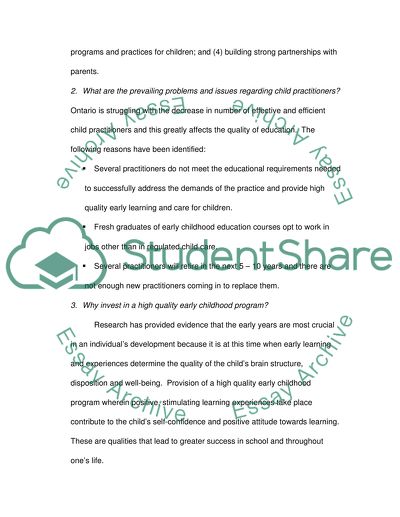Cite this document
(“Early childhood education Essay Example | Topics and Well Written Essays - 2500 words”, n.d.)
Retrieved from https://studentshare.org/education/1411761-early-childhood-education
Retrieved from https://studentshare.org/education/1411761-early-childhood-education
(Early Childhood Education Essay Example | Topics and Well Written Essays - 2500 Words)
https://studentshare.org/education/1411761-early-childhood-education.
https://studentshare.org/education/1411761-early-childhood-education.
“Early Childhood Education Essay Example | Topics and Well Written Essays - 2500 Words”, n.d. https://studentshare.org/education/1411761-early-childhood-education.


